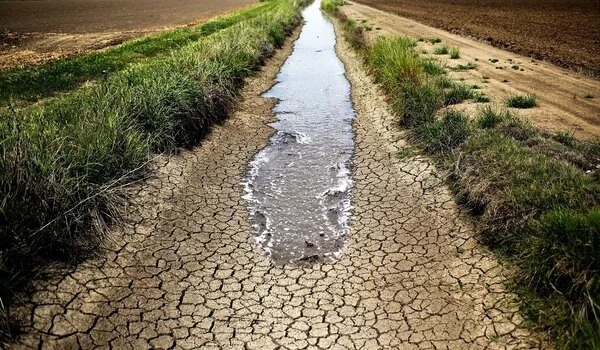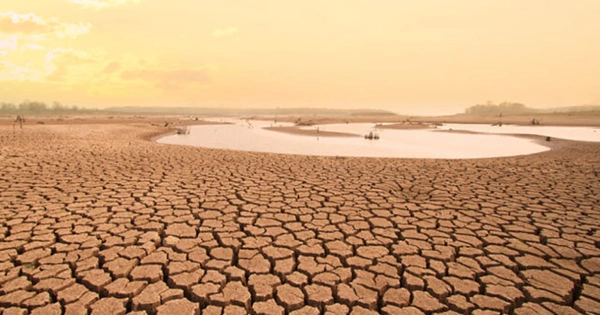Concurrent extreme heat and drought events have ramifications in a variety of areas, including the economy, health, and food production. Furthermore, due to complex socioeconomic connections, such extreme events can have knock-on effects, according to researchers at the University of Zurich. More systematic risk assessments are required to strengthen affected regions’ resilience.
Summer 2022 has been brutal in many parts of Europe, with long periods of drought combined with record high temperatures. Heat waves, water shortages, and forest fires are wreaking havoc on southern, western, and central Europe in particular. These mutually reinforcing weather extremes have an impact on a wide range of sectors and systems, including healthcare, agriculture, food production, energy supply, and ecosystems, as well as the broader economy and society.
Climate change has increased uncertainty about future water availability in many areas. It will have an impact on precipitation, runoff, and snow/ice melt, which will have an impact on hydrological systems, water quality, and water temperature, as well as groundwater recharge. Increased water scarcity as a result of climate change will be a major challenge for climate adaptation in many parts of the world. The salinity of surface and groundwater in coastal areas will be affected by sea-level rise.
We discovered an interconnected web of sectors that interact in direct and indirect ways, causing additional loss and damage in a variety of other sectors, particularly health, energy, agriculture, and food supply.
Laura Niggli
Large financial losses due to extreme heat and drought
To better understand the consequences of such extreme climatic events in different areas, researchers from the Department of Geography at the University of Zurich (UZH) examined eight extreme heat and drought events that occurred in Europe, Australia, and Africa over the last 20 years. They investigated the direct and indirect consequences for various sectors and systems, as well as the impact of responses to such events.
“The financial losses, for example, can be substantial,” says Laura Niggli, the study’s first author. “In the cases studied, they ranged from several hundred million to several billion US dollars.” Extreme cases, such as the 2019/2020 Australian bushfires, resulted in losses of up to $100 billion USD, equivalent to more than 5% of Australia’s GDP.

Additional damage due to cascade effects
As the researchers demonstrate, the effects of concurrent heat and drought are not limited to their direct effects on different areas. “We discovered an interconnected web of sectors that interact in direct and indirect ways, causing additional loss and damage in a variety of other sectors, particularly health, energy, agriculture, and food supply,” explains PhD candidate Niggli.
This multi-layered interconnectedness is what makes extreme event risks so complex – and critical. The cascading effects affect many sectors and can have far-reaching consequences for critical systems. “Simultaneous weather extremes have the potential to destabilize entire societally important systems, such as global trade,” says Niggli.
The analysis also shows that adaptation measures taken against extreme heat and drought events were mostly reactive and of limited scope. In several cases, the scientists found evidence of misalignment of measures: that is, actions taken by one sector sometimes had negative effects on other sectors, particularly on the energy and water sectors, the economy, society, culture and ecosystems.
More systematic risk assessment for better adaptability
The researchers argue that in the future, risk assessment should take into account the interconnectedness of sectors and systems rather than just the consequences of extreme events on individual sectors. This would aid in improving the adaptability and resilience of the affected regions.
“This is especially important because the future is likely to see unprecedented, combined extreme events with cascading effects exceeding all previous historical cases. These effects must be carefully examined in order to support the development of adaptive and reactive measures “Christian Huggel, a UZH geography professor who led the study, says.
As the climate gets warmer, extreme heat and drought events will happen more and more often, be more intense and last longer. In order to mitigate this growing risk for society, in addition to stepping up efforts and investments in adapting to weather extremes, cross-sector and increasingly international cooperation will be required.





